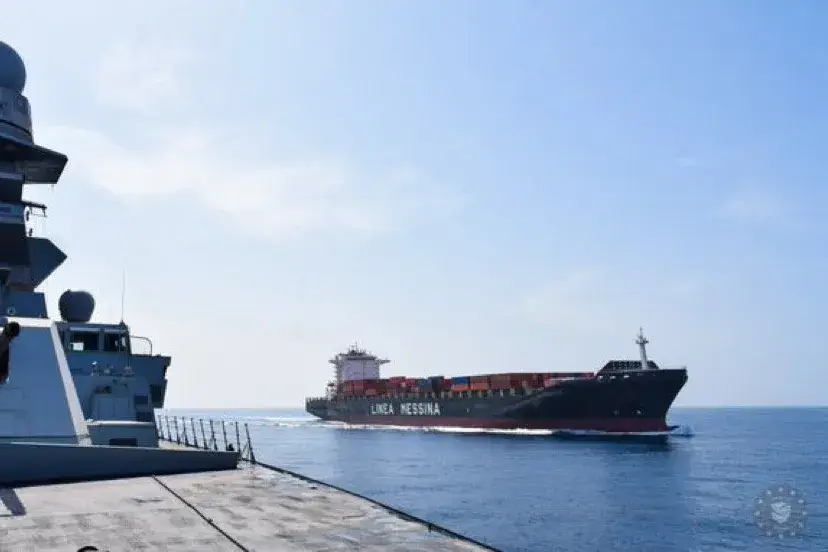A ceasefire between Israel and Hamas—if it holds and evolves into a peace framework—is now being viewed as a double-edged sword for container shipping. What’s certain: it has the potential to intensify downward pressure on rates and volumes.
How a Ceasefire Shifts the Shipping Landscape
1. Reduced Tonne-Mile Demand
With the conflict easing, fewer ships might need to detour far around Africa. That means less extra mileage, which could lower overall container demand by 10–12% according to analysts.
2. Route Normalisation & Rate Slumps
Cargo routes that were diverted to avoid the Red Sea may be reinstated. As traffic shifts back, overcapacity looms large—and that’s bad news for spot rates.
3. Investors on Edge
Shipping equities, already sensitive to geopolitical shifts, may face volatility. The possibility of rate erosion and capacity cancellations is making investors jittery.
Risks That Could Undermine the Positives
- Fragile ceasefire: If hostilities reignite, any return to normal shipping will be reversed.
- Insurance & security volatility: Even with peace, insuring routes through the Red Sea might remain expensive until risk assessments stabilise.
- Delay in vessel redeployment: Ships currently optimised for long routes might take time to reconfigure for shorter cycles—introducing inefficiencies.




